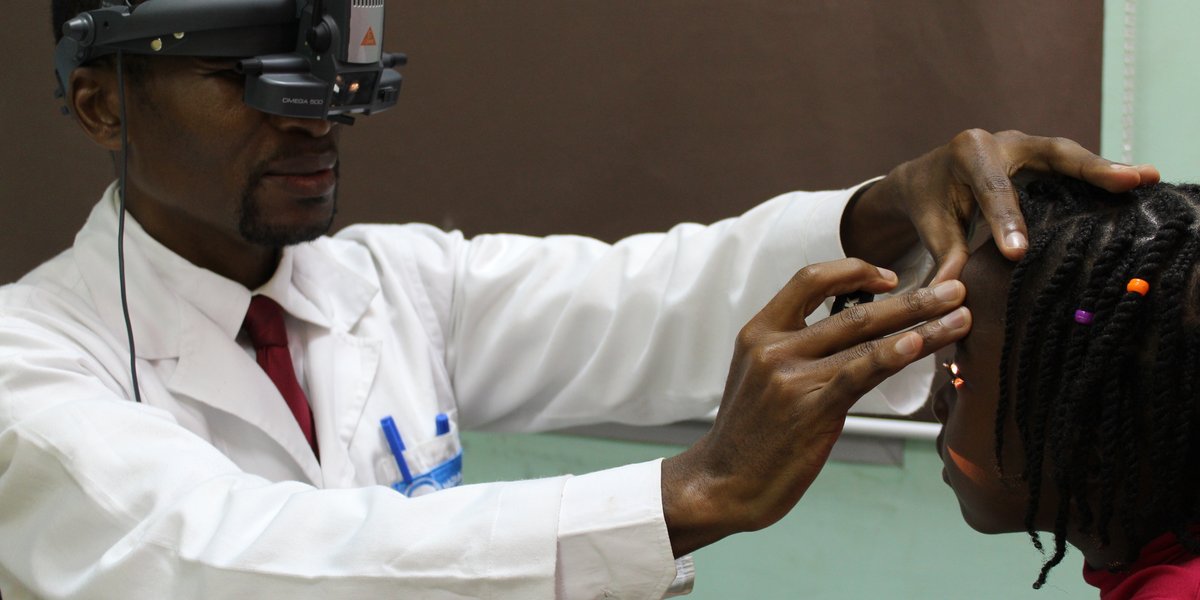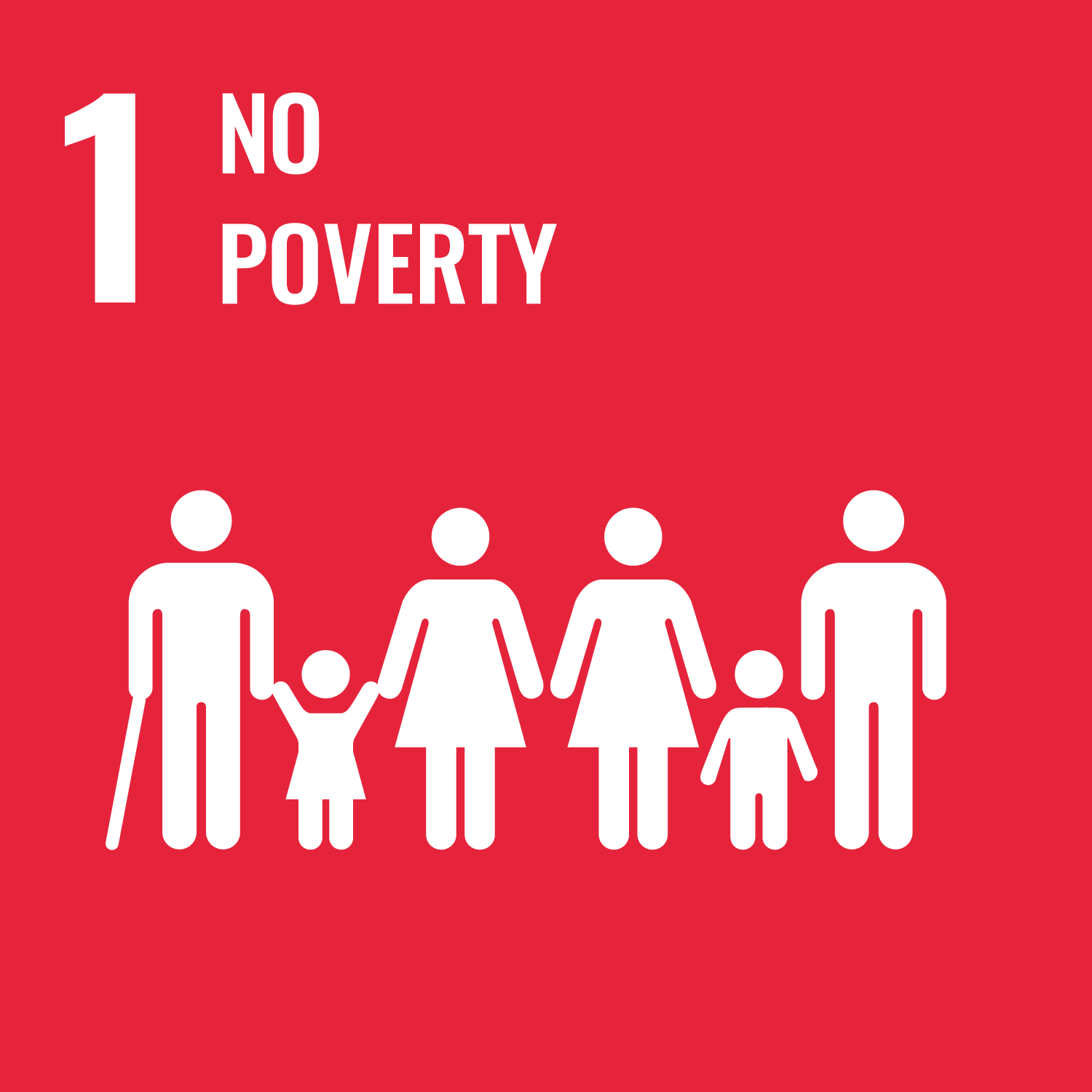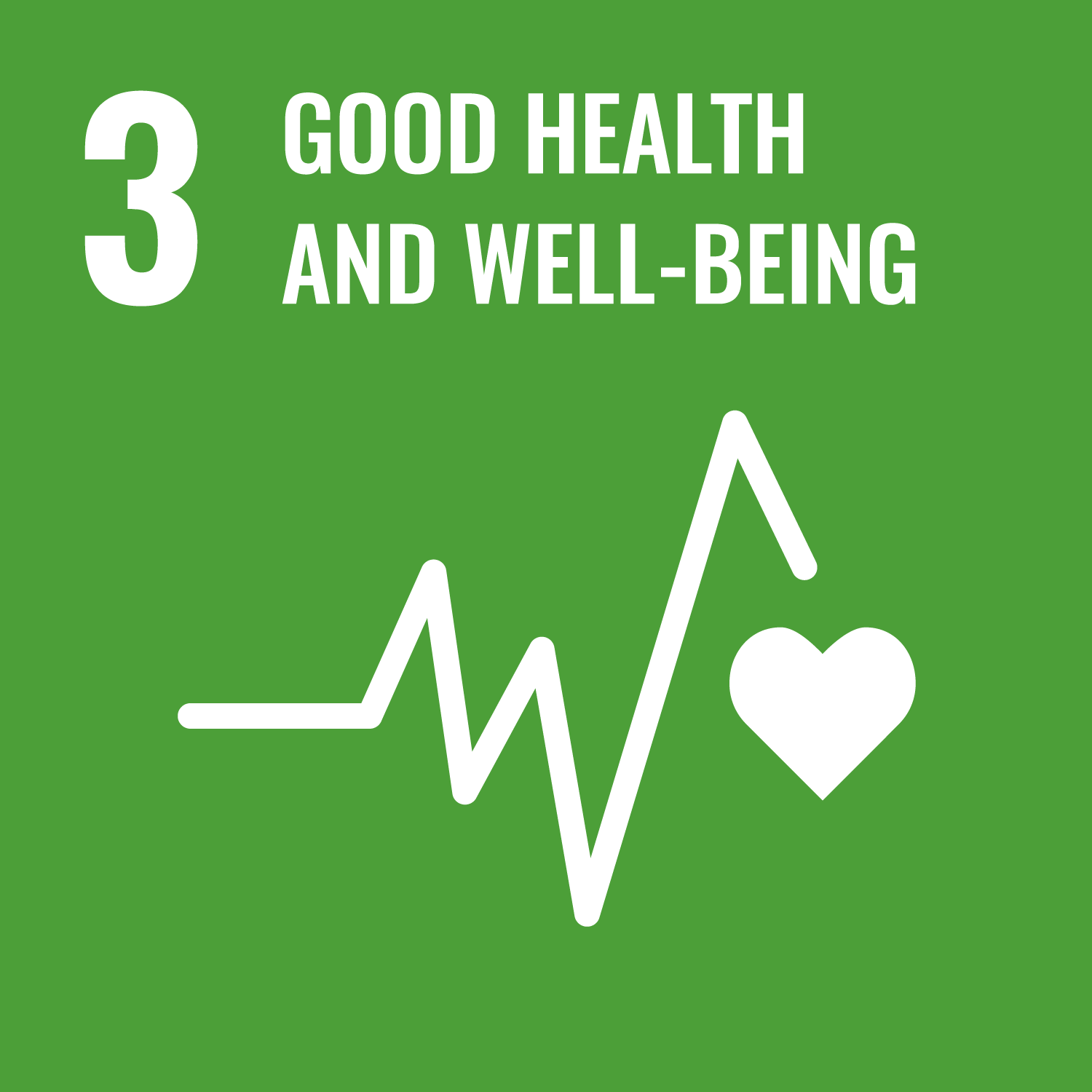
- Development Impact Bond
- Health and wellbeing
- Africa
Cameroon
7 mins
Cameroon Cataract Bond
Last updated: 22 Feb 2022
The Cameroon Cataract Bond was launched in 2018 to support the Magrabi ICO Cameroon Eye Institute to provide low- or no-cost quality cataract treatment services to low income patients in Cameroon.
Project Location
Aligned SDGs


INDIGO Key facts and figures
-
INDIGO project
-
Commissioner
-
Intermediary
-
Investor
-
Provider
-
Evaluator
- AEDES
-
Start of service provision
March 2018
-
Capital raised (minimum)
USD 2m
-
Service users
18k+
Target population
In order to operationalise the cross-subsidisation pricing model, MICEI has two target groups: low-income patients and middle-income patients. The funds generated will enable MICEI to provide cataract surgery for free or at a subsidised price for patients that are unable to pay for transport to the hospital and for the treatment itself. At least 40% of surgeries provided to individuals belonging to the bottom two wealth quintiles of the population in Cameroon by the end of year 5.
The problem
In Sub-Saharan Africa, the rate of blindness and vision impairment is twice the global average, with 80% of cases preventable or treatable. Half of those living with avoidable blindness are affected by cataract, a clouding of the lens which can be easily treated with a simple 20-minute surgery.
A report commissioned by the Fred Hollows Foundation and written by PwC in 2013 found that there was insufficient financing going into eye care to eliminate avoidable blindness in low- and middle-income countries. In Cameroon, in particular, the number of avoidable blindness cases is set to double by 2020 if there is no systemic change in the service delivery strategy of eye care intervention.
The solution
The Africa Eye Foundation (AEF) built a hospital in Cameroon called the Magrabi ICO Cameroon Eye Institute (MICEI) to provide cataract surgery to address the problem of avoidable blindness. MICEI has adopted the Aravind model that is based on cross-subsidisation pricing, high service volume, and revenue diversification strategies.This should provide quality cataract treatment services to the poor at low or no cost in Cameroon. In order to operationalise the cross-subsidisation pricing model, MICEI has two target groups: low-income patients and middle-income patients. The funds generated by attending the middle-income patients will enable MICEI to provide cataract surgery for free or at a subsidised price for patients that are unable to pay for transport to the hospital and for the treatment itself.
The AEF secured funding from Dr. Akef El-Maghraby (anchor donor and Chairman of the AEF) to build MICEI in 2012. An additional $2 million of funding was required to make the hospital operational after construction was completed in 2016. The Cameroon Cataract Bond is a pay-for-performance loan that was accessed to generate this additional funding, with the ultimate goal of making the hospital self-sufficient after five years.
The Cameroon Cataract Bond is led by the Cataract Bond Design Coalition, which comprises the Conrad N. Hilton Foundation, The Fred Hollows Foundation and Sightsavers (the three outcomes funders), the African Eye Foundation (founding organisation of MICEI) and Volta Capital (bond manager and performance manager).
The impact
2019
In its first year, the hospital conducted screened 11,284 patients in 103 outreach camps and a further 42,899 patients in the hospital. Staff throughout the hospital received training and mentoring from the Magrabi Hospital Group and Aravind Eye Care System. Two ophthalmologists completed Manual Small Incision Cataract Surgery training and nurses received refraction training.
The quality of surgeries exceeded World Health Organization standards with nearly 70% of surgeries achieving a good visual outcome on the day after surgery. For those who returned to the hospital for a follow up four weeks after surgery, 92% achieved a good visual outcome while only 2.8% had a poor outcome.
29% of all patients were from the bottom two groups based on national poverty thresholds and 45% based on urban poverty thresholds.
Source: The Overseas Private Investment Corporation (OPIC), June 2019.
2020
In 2020, the Cataract Bond supported the hospital to complete almost 1200 cataract surgeries, bringing the three-year total to 6374 surgeries, ahead of the 5600-surgery target.
The quality of surgeries has continued to improve and again exceeded World Health Organization standards, with 81% having a good outcome the day after surgery, up from 67% in year one. MICEI exceeded its target of at least 50% of surgeries achieving a good outcome the day after surgery.
As a result of these two outcomes being achieved, full outcome payments will be made for year three targets and investors will earn the maximum interest in year three.
Source: Update the Cameron Cataract Bond Exceeds Expectations.
Outcomes framework
The Cameroon Cataract Bond developed its outcome targets in consultation with the MICEI management team. The targets were then verified by experts such as the Aravind Foundation and the Africa Eye Foundation. The setting of these targets was based on the country demand for eye surgeries, benchmarks from other eye hospitals, the service provider’s track record and WHO standards. Data from the Africa Eye Foundation was used to build the financial modelling behind the performance indicators. The quality indicator specifically aligns to the World Health Organisation’s benchmark for a good cataract surgery outcome.
The Overseas Private Investment Corporation (OPIC) and the Netri Foundation provided 87.5% and 12.5% respectively of the $2 million upfront capital in January 2018. The loan involves 100% capital protection, though the interest rate payable will depend on the performance against the outcome metrics.
Outcome payments will be made in year 3 and year 5 and the risk of non-performance is split between the outcome funders and the service provider, who is liable to repay in the case of non-performance according to the terms below:
AEDES, an evaluation agency, has been contracted and the overarching monitoring and evaluation (M&E) protocol has been set. The M&E reporting process relies on the systematic collection, management and storage of relevant program data by MICEI, which is then verified by the bond manager and the evaluation agency.
| Outcome | Metric target | Measurement |
|---|---|---|
| Number of cataract surgeries | 18,000 over 5 years (7,000 by year 3) |
Record of number of cataract surgeries provided recorded in year 3 and 5 |
| Quality outcome | At least 50% of surgeries achieve a ‘good’ outcome according to WHO guidelines for visual acuity of cataracts patients post-surgery | Recorded based on WHO guidelines one day after the surgery recorded in year 3 and 5 |
| Financial sustainability outcome |
Positive EBITDA (earnings before interest, tax, depreciation and amortisation) at the end of 5 years |
Assessed only in year 5 using the normalised EBITDA ratio recorded in year 3 and 5 |
| Equity target (Performance bonus of $120.000 for the service provider)* | At least 40% of surgeries provided to individuals belonging to the bottom two wealth quintiles of the population in Cameroon by the end of year 5. | Ongoing monitoring using the Equity Tool**', with payment made based on cumulative numbers at the end of year 5 |
Timeline
-
2013-2015
Fred Hollows Foundation (FHF) starts working on a DIB to reduce the backlog of untreated cataracts
-
February 2015
The Hilton Foundation responds positively to the proposal and notes that MICEI needs funding
-
March 2015
AEF becomes involved with FHF on the development of the project
-
April 2015
FHF engages Volta Capital (formerly D.Capital) as a technical advisor
-
July 2015
Sightsavers joins the project
-
August 2015
Coalition between FHF, Volta Capital, AEF, and Sightsavers formalized
-
December 2015
The Conrad N. Hilton Foundation awards FHF a grant for USD $2,900,000
-
January 2016
The search for investors begins with an initial private meeting with potential investors, including Netri Foundation
-
September 2016
Soft launch of MICEI
-
November 2016
Construction on the hospital finishes
-
March 2017
MICEI launches officially
-
March 2017
OPIC decides to enter the formal due diligence process
-
May 2017
Cataract surgeries commence at MICEI
-
January 2018
The Cataract Bond formally launches
Project insights
Shared understanding of the policy ‘problem’
The shared understanding amongst outcome funders of the importance of the intervention and how it contributes to addressing the health challenge in Cameroon was key to enabling the Cameroon Cataract Bond.
Given that outcome funders were engaged in the eye care sector, the outcome funders and service providers shared a common ambition in preventing avoidable blindness. The alignment between outcome funders and service provider in terms of objectives also contributed to the setting of ambitious targets, based on extensive evidence and knowledge of the intervention.
There is strong consensus amongst the involved stakeholders that the inclusion of an equity and sustainability target added to the required level of ambition and understanding of the challenge faced in Cameroon.
Source: Ecorys (2019) Independent Evaluation of the Development Impact Bonds (DIBs) Pilot programme.
Challenges of identifying and engaging with investors
The process of identifying investors began in 2016 and although a number of leads were identified, none committed to being the main investor. There were two main reasons for this. First, certain prospective investors noted that the intervention did not align with their priorities in terms of country (Cameroon) or sector (eye care). Second, other investors were reluctant to join due to the risk attached to the investment, and the fact that there was not yet a significant and credible investor on board.
In March 2017, the Overseas Private Investment Corporation (OPIC)— the United States development finance institution (DFI) providing direct loans, guarantees, and risk mitigation products to help American businesses invest in emerging markets— agreed to being the main investor. However, OPIC’s mission only enables the organisation to provide debt financing. This resulted in a change in the final terms of the DIB, from a 50% capital guarantee for investors to 100%, split between outcome funders and the service provider, and an increase in interest rate from 5% to 8%. The fact that the service provider had ‘skin in the game’ (i.e. they took on some of the risk of project failure) gave confidence to the investors and showed Africa Eye Foundation’s commitment to reaching their targets. However, these compromises made some of the stakeholders hesitant of the value of the DIB.
However, others were positive of the addition of OPIC as an investor, as this was the first time a DFI had invested in a DIB. Stakeholders were hopeful this would ‘prove the concept’ of investing private capital in the eye care sector, and encourage future impact investing with commercial capital.
Source: Ecorys (2019) Independent Evaluation of the Development Impact Bonds (DIBs) Pilot programme.
Ability of DIB model to crowd in private capital and increase impact measurement
Despite some of the reservations mentioned above, stakeholders were of the view that the DIB had brought substantial benefits, as it allowed new sources of private financing to flow into the sector (a challenge for this sector up to this point) and had increased levels of impact measurement and accountability.
The Cameroon Cataract Bond utilised a development impact bond (DIB) structure as a financing tool to draw additional and more inclusive social capital to achieve the elimination of avoidable blindness, particularly in the underserved regions of Central Francophone Africa.
Several key features of the DIB structure made this type of financing model well suited for eye care interventions. The DIB’s diverse stakeholder coalition facilitated an effective sharing of risk, allowing new sources of private financing to flow into this geography and sector. Additionally, the Cataract Bond improved transparency and accountability, while also improving the design of impact measurement by incorporating new targets in the eye care sector such as operational and financial sustainability.
Source: Ecorys (2019) Independent Evaluation of the Development Impact Bonds (DIBs) Pilot programme.
Contact details
References
Communication with Volta Capital, June 2019.
Ecorys (2019) Independent Evaluation of the DFID Development Impact Bonds (DIBs) Pilot programme.
OPIC (2019) Cameroon Cataract Bond Records Successful First Year.
OPIC (2017) Cameroon Cataract Development Impact Loan Offers Innovative Approach to Prevent Blindness.
Update the Cameron Cataract Bond Exceeds Expectations.
This case study was compiled by Ecorys UK.
Last updated: February 2022.
Downloads and Resources
Structuring and Funding Development Impact Bonds for Health - Nine Lessons from Cameroon and Beyond
Download PDFDevelopment Impact Bonds Targeting Health Outcomes
Download PDFCameroon Cataract Case Study
Download PDF